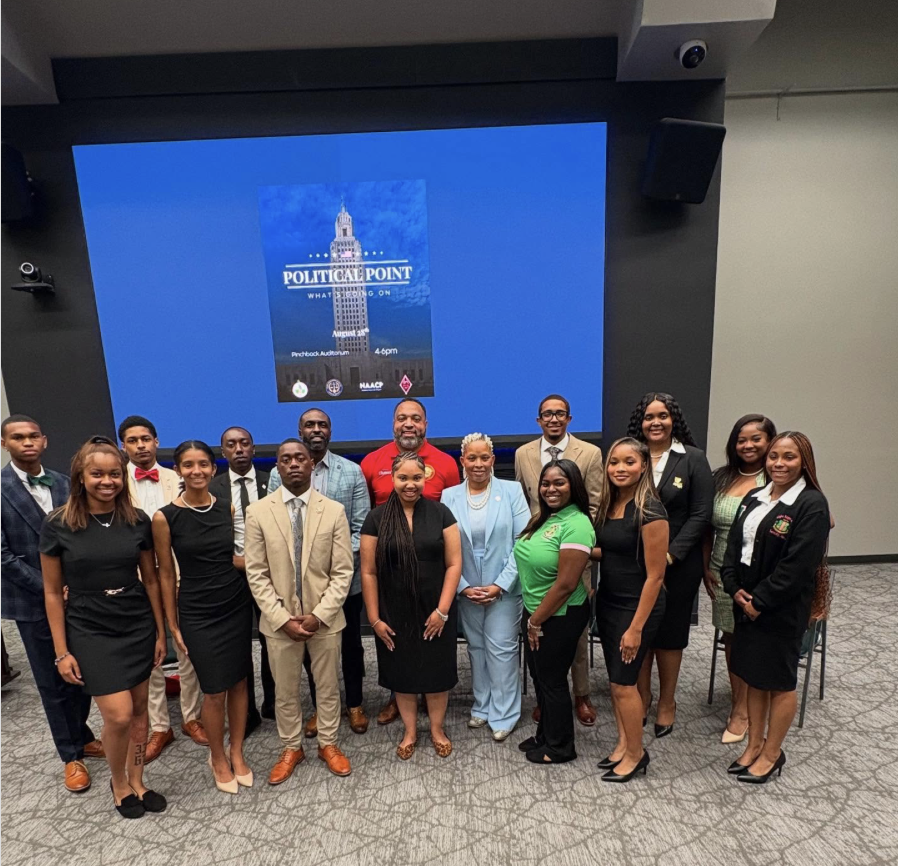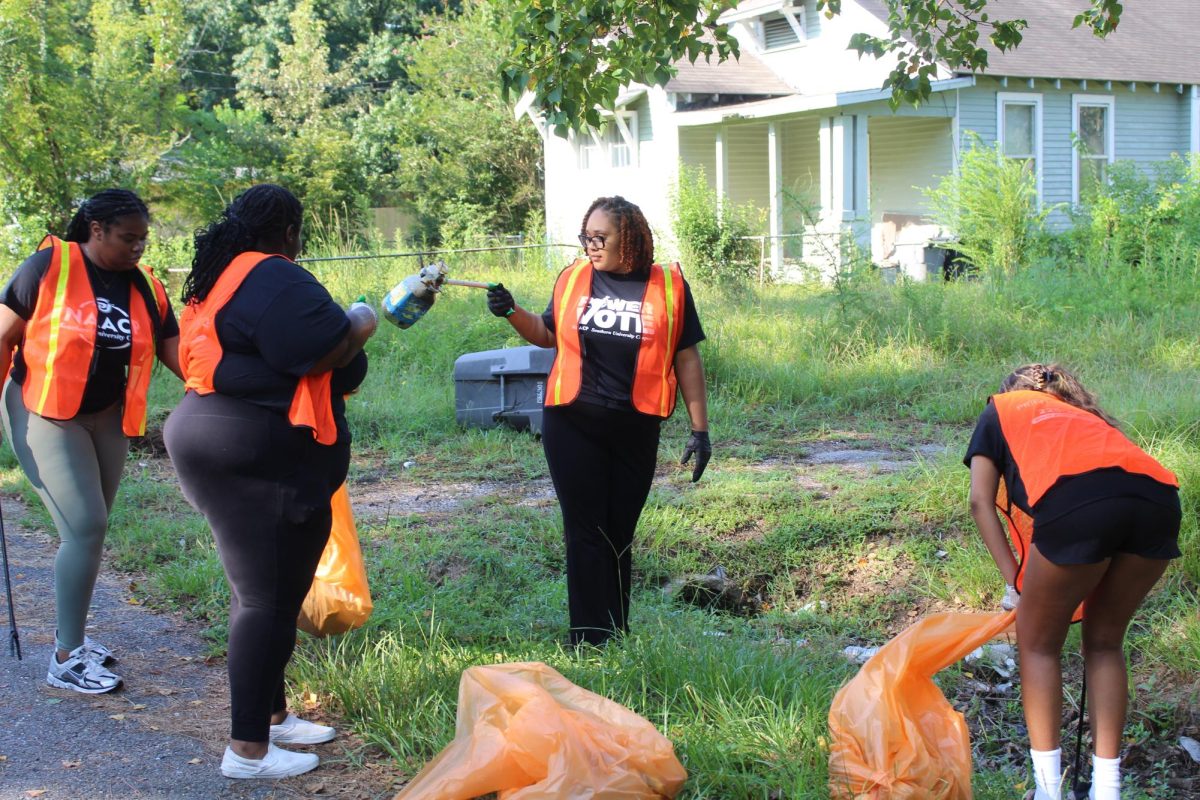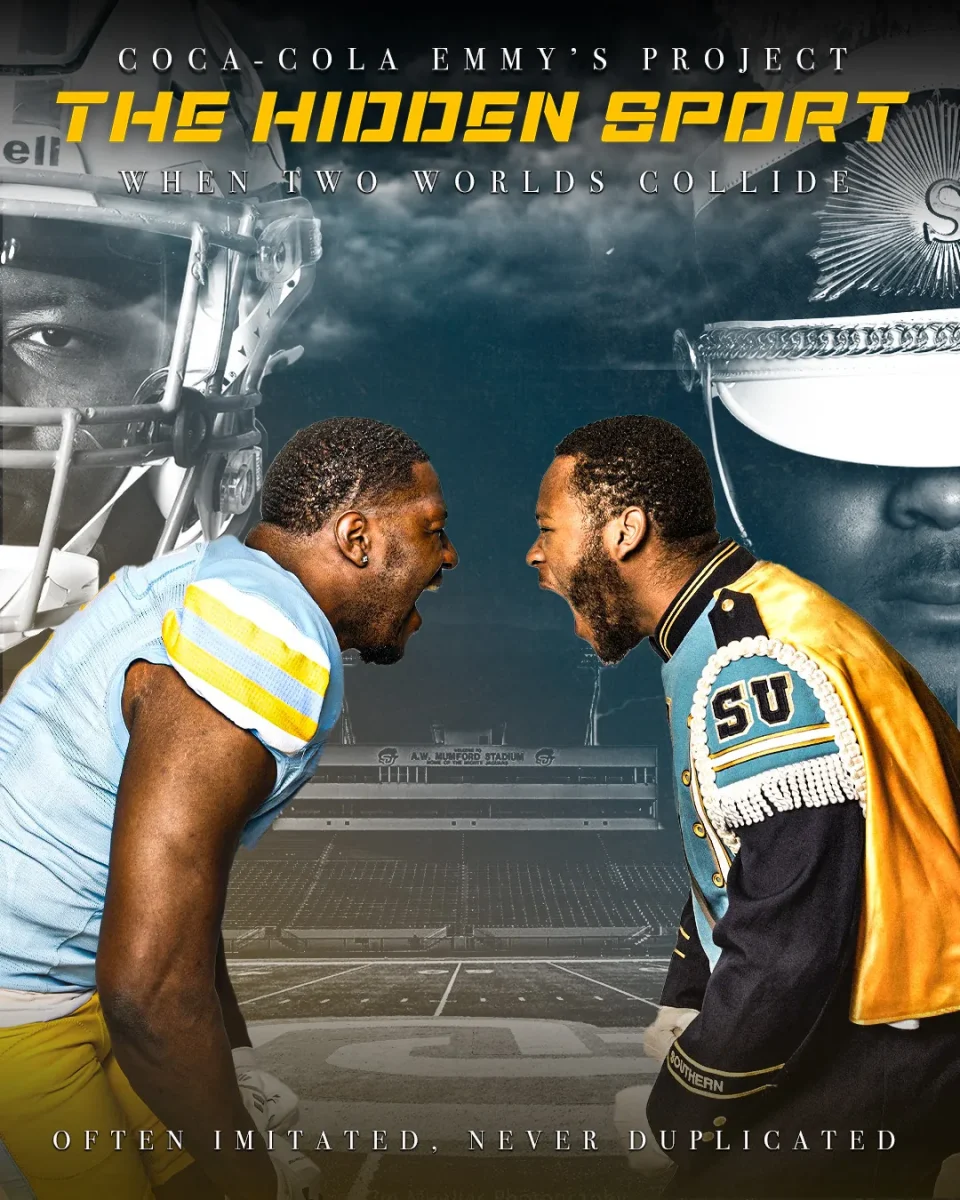In the Bill of Rights, a document that preludes the Constitution, the first ten amendments guarantees the basic essential freedoms to protect citizens from excessive governmental power.
Of them, the First Amendment states, “Congress shall make no law respecting an establishment of religion, or prohibiting the free exercise thereof; or abridging the freedom of speech, or of the press; or the right of the people peaceably to assemble, and to petition the Government for a redress of grievances.”
With this 45-word statement, the Founders of the country gave birth to one of the most widely interpreted and often disputed rights granted to all Americans.
Within the First Amendment, there are five freedoms that are protected: the freedom of religion, speech, press, assembly and petitioning the government for a redress of grievances.
The amendment also protects indecent speech on the Internet, four letter words and nudity. Obscenity, however, is a category of speech defined by law, which is not protected, according to officials with the Student Press Law Center.
The First Amendment rights do not protect students, or citizens, clear and immediate threats to national security, expressions intended and likely to incite imminent lawless action or “true threats” which are defined as threats that the receive party foresees as real.
Students attending public colleges, such as Southern University, do not lose their First Amendment rights upon entering college because officials and administrators are prohibited by the First Amendment from censoring most student speech on campus.
“It’s (First Amendment student rights) one of those things that are hard to describe,” said Mark Goodman, executive director of the Student Press Law Center. “The courts have made it pretty clear. Public university officials are limited in ability to censor student expression.”
In the case of school funded publications, while the school is not required by law to fund or donate money for student run publications, once created, “they can’t be interred with any expression running within the print,” Goodman said.
“They can’t-not without running afoul of the First Amendment,” he said. “In most cases, a school has very limited authority in student expression.”
Which means students have a right to protest, disagree, campaign, petition and generally show distaste or disagree with nearly any matter on campus and off-but with some limitations.
Goodman said a university cannot censor student speech because it disagrees with the message, a fact the American Civil Liberties Union is arguing in Morse vs. Frederick, a 2007 Supreme Court case where, in 2002, Alaskan high school officials suspended a high school student for holding up a sign the principal interpreted as a pro-drug message when the sign caused no disruption, was displayed at a public event on the public streets and the student had not yet arrived at school for the day.
The school in question holds that the student was inconsistent with the school’s mission to discourage drug use.
“If it’s not against the law, and doesn’t incite a riot, we really can’t stop the students,” said Robert Bennett, student life director at Southern. “If it’s peaceful, isn’t inciting other folks, or creating a negative up rise, it’s nothing we can do.”
“It’d be a violation of the student’s Constitutional rights,” he said.
Bennett, no stranger to student protesting, said his fellow classmates once protested to have “The Hump” constructed in the 1960s to make access onto the Southern University campus easier for them.
“Everyday, at just before eight, there would be a train coming,” he said. “We’d be late to our 8 o’clock classes. We had a peaceful march, and we got what needed to get done.”
Categories:
KNOW YOUR RIGHTS: Part Three of Three
March 30, 2007
0
More to Discover





